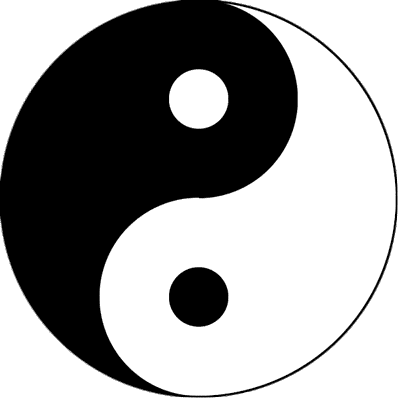Mastering Acupuncture: Techniques and Insights for Effective Treatment
The Yellow Emperor asked: “I would like to understand the key principles behind acupuncture.”
Qi Bo replied: “There is a distinction between diseases that are on the surface or deep within the body, and the acupuncture technique should vary accordingly. For surface ailments, shallow needling is appropriate, while deeper conditions require deeper insertion. Each needle should reach the correct location (where the disease resides), and this principle must not be violated. If the needle is inserted too deeply, it may damage internal organs; if it is too shallow, not only will it fail to reach the disease’s location, but it may also cause stagnation of Qi and blood on the surface, providing the disease with an opportunity to worsen. Thus, improper needle depth can cause significant harm, disrupting the functions of the internal organs and leading to more severe conditions.”
He continued: “Diseases can affect various parts of the body, such as the superficial skin, muscles, blood vessels, tendons, bones, and marrow. Therefore, when needling the superficial layers, care should be taken not to damage the skin. If the skin is injured, it can disrupt the normal function of the lungs, and when lung function is compromised, the person may be more susceptible to diseases like malaria during the autumn, which can cause symptoms of chills and shivering.”
Qi Bo explained further: “For conditions affecting the skin, avoid penetrating too deeply into the muscles. Injury to the muscles can affect the spleen’s function, leading to symptoms like abdominal bloating and a loss of appetite during the last eighteen days of each season. When needling the muscles, be cautious not to injure the blood vessels, as this could disrupt heart function, leading to chest pain in the summer. When treating blood vessels, avoid harming the tendons, as this could impair liver function and increase the likelihood of developing heat-related illnesses with symptoms like muscle weakness in the autumn.”
He added: “When needling the tendons, ensure that the bones are not injured. If the bones are damaged, kidney function may be compromised, potentially resulting in conditions like abdominal bloating and lower back pain during the winter. Finally, when needling the bones, one must take care not to injure the marrow. If the marrow is damaged, it will gradually deplete, leading to weakened bones, leg pain, and fatigue, making movement difficult.”
